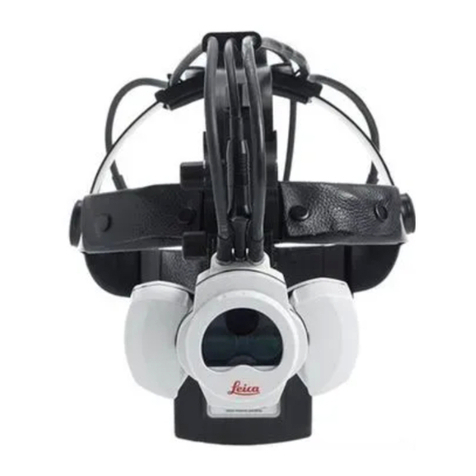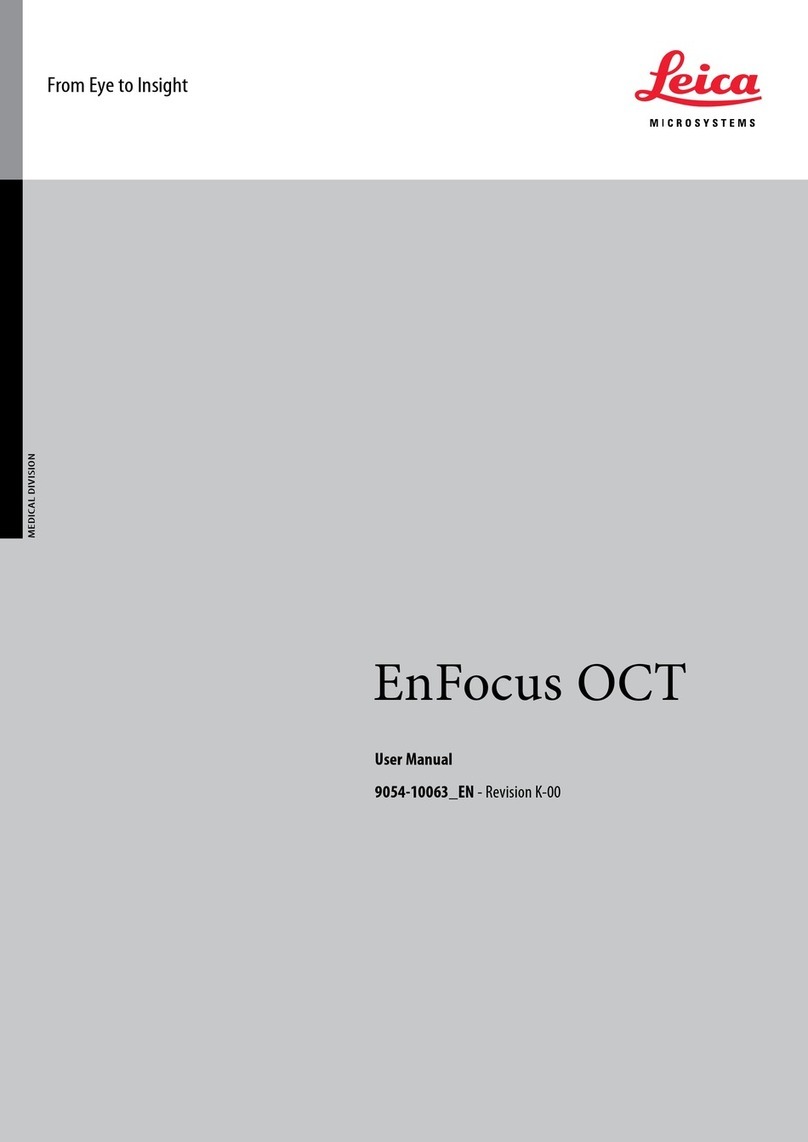
Contents
1 Introduction 3
1.1 About this user manual/installation manual .............3
1.2 Symbols in this user manual......................................3
2 Product identification 3
2.1 Optional product features .........................................3
3 Safety notes 4
3.1 Intended use of instrument.......................................4
3.2 Indications for use.....................................................4
3.3 Contraindications......................................................4
3.4 Directions for the person responsible
for the instrument.....................................................4
3.5 Directions for the operator of the instrument............5
3.6 Dangers of use ..........................................................7
3.7 Signs and labels ........................................................9
4 Design 11
5 Functions 11
5.1 Illumination ............................................................11
5.2 Balancing System....................................................12
5.3 Footbrakes..............................................................12
6 Controls 13
6.1 Control unit.............................................................13
6.2 Lamp housing .........................................................13
6.3 Tilt head/focus unit.................................................13
6.4 Footswitch (standard configuration).......................14
6.5 Stand ......................................................................14
6.6 Optics carrier...........................................................15
6.7 Binocular tube, eyepiece, secondobserver tubes.....15
6.8 User interface of the control panel ..........................15
7 Preparation before surgery 16
7.1 Transporting the surgical microscope......................16
7.2 Positioning the surgical microscope
at the operating table .............................................17
7.3 Installing binocular tube, eyepiece and objective....18
7.4 Fitting adapters for accessories ...............................19
7.5 Adjusting the second-observer tube .......................20
7.6 Fitting documentation accessories..........................21
7.7 Selecting documentation accessories......................22
7.8 Adjusting the eyebase and eyepoint........................23
7.9 Adjusting the parfocality ........................................23
7.10 Changing accessories of the surgical microscope
and balancing the swing arm..................................24
7.11 Installing sterile components..................................24
7.12 Preparing the surgical microscope for use...............25
7.13 Checking the function of the lamp ..........................25
7.14 Show/switch footswitch type..................................25
7.15 Reversing + and – directions of the XY unit............26
8 Operation 26
8.1 Positioning the microscope .....................................26
8.2 Adjusting the focus .................................................27
8.3 Adjusting the magnification ...................................27
8.4 Adjusting the illumination ......................................27
8.5 Switching from main to spare illumination .............28
8.6 Setting the illumination type and
working distance ....................................................28
8.7 Operating the control panel ....................................29
8.8 Decomissioning.......................................................31
9 Components and accessories 32
9.1 Observer side ..........................................................32
9.2 Patient-side ............................................................35
9.3 Video accessories for LeicaM620F20 ......................37
9.4 Load table...............................................................38
10 Care and maintenance 40
10.1 Care instructions .....................................................40
10.2 Cleaning the control panel ......................................40
10.3 Maintenance...........................................................40
10.4 Care and Maintenance of the Leica Footswitch........41
10.5 Changing the fuse...................................................41
10.6 Changing the bulb...................................................41
10.7 Function check........................................................41
10.8 Notes on reprocessing ofresterilizable products .....42
11 Disposal 44
12 What to do if ...? 44
12.1 General malfunctions..............................................44
12.2 Microscope..............................................................44
12.3 TV, photography......................................................45
13 Technical data 46
13.1 Electrical data .........................................................46
13.2 Surgical microscope ................................................46
13.3 Stand ......................................................................46
13.4 Optical data.............................................................46
13.5 Control unit ............................................................47
13.6 Configurations and Weights....................................47
13.7 Ambient conditions.................................................47
13.8 Electromagnetic compatibility (EMC)......................47
13.9 Standards fulfilled...................................................48
13.10 Limitations of use....................................................48
13.11 Dimensions .............................................................49
Leica M620F20 / Ref. 10 714 371 / Version 01
2





























